Recognizing that freshwater from the Chicago River eventually reaches the Mississippi River and dumps into the Gulf of Mexico, we were starting to wonder not only why this was the case (because all that fresh water would become salt water like our model showed us), but we also quickly realized just how much more salt water there was than freshwater!
Like we really thought the Chicago River was big and that Lake Michigan was big, but compared to the size of all the oceans, the river system was super tiny and the Great Lakes small compared to the size of the oceans on the Earth! This visual REALLY got us thinking...
There's so much salt water, and very little freshwater...but how much of each is there? Doing some research and math, we figured out the following:
There's so much salt water, and very little freshwater...but how much of each is there? Doing some research and math, we figured out the following:
Whoah! If 98% of the Earth's water is salt water, and the other 2% is freshwater, how can we really see what this looks like? Fifth graders were asked to represent this mathematically, and we got some really cool ideas!
So if there is so much salt water, is this the water we use to drink? How exactly do they get the salt out? We turned to research again, and apparently you can boil the water to get the water out of the salt water...
We've had questions where we get our drinking water from (as this was how we launched our unit when we all washed some dirty dishes) and it seems like this can't possibly be the way knowing it takes so long. But maybe it is???
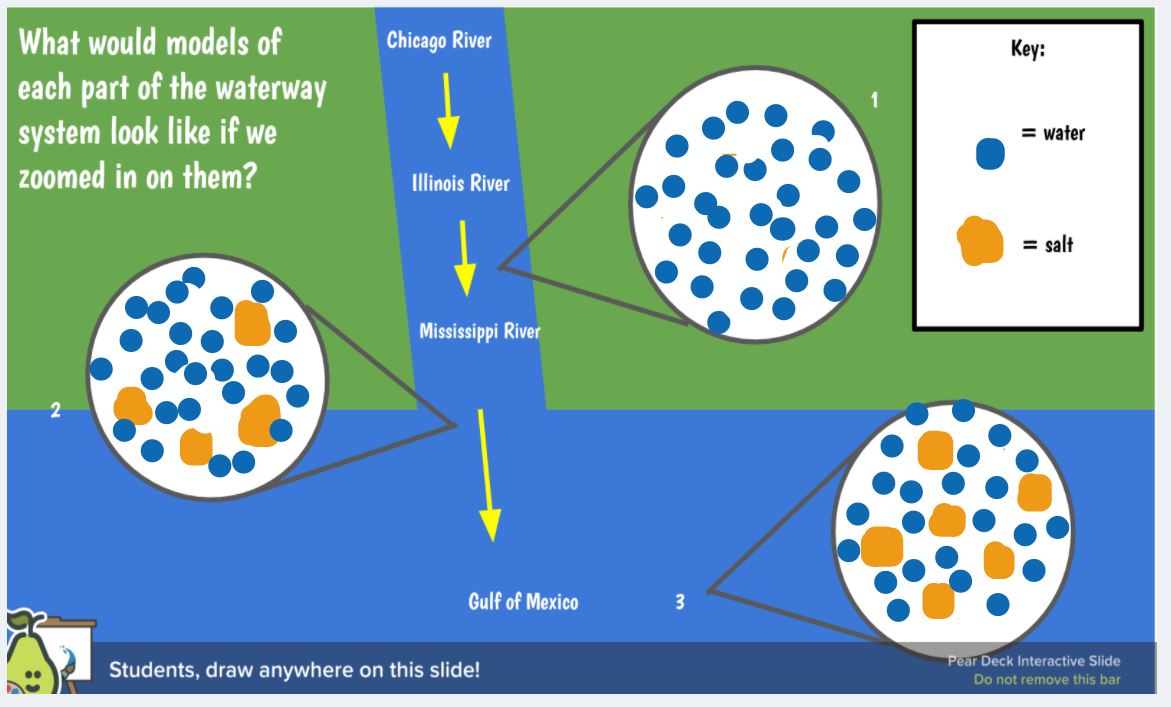

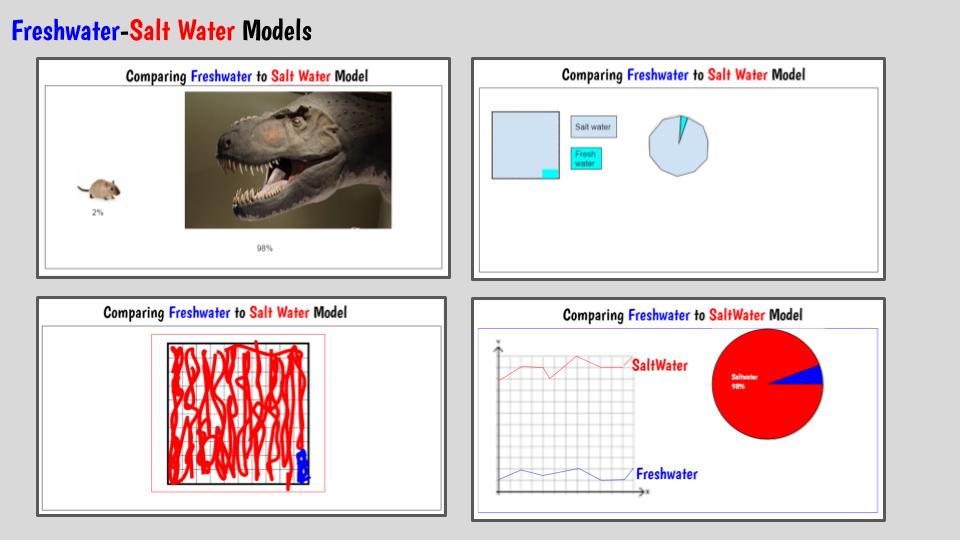
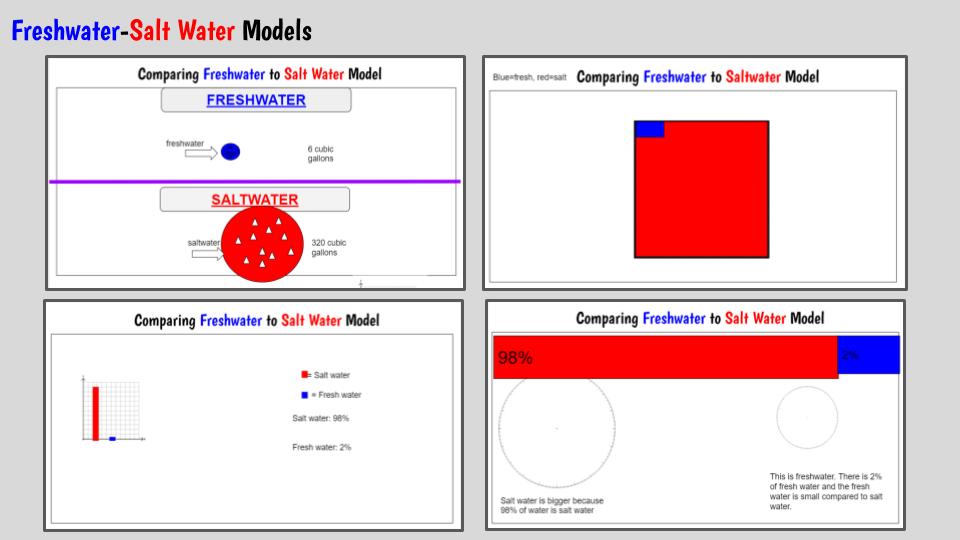
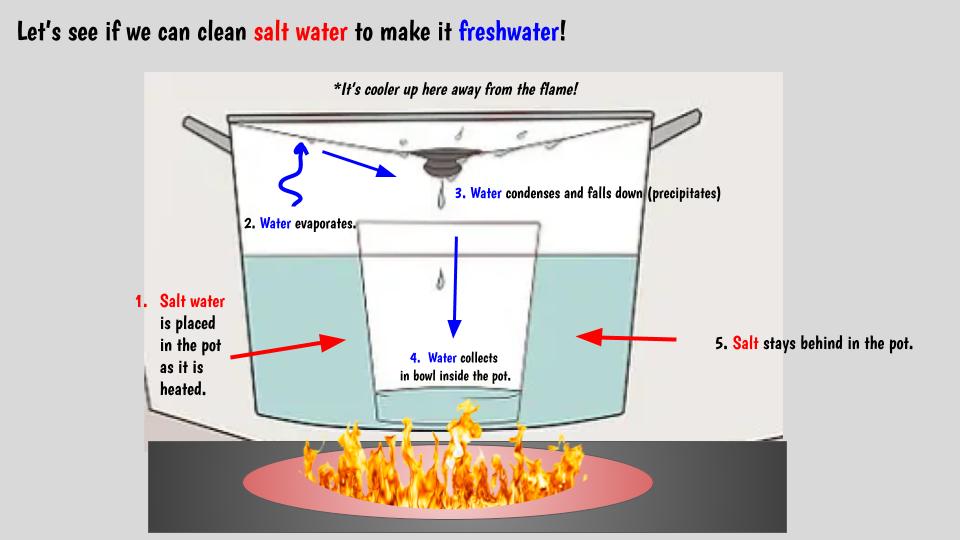
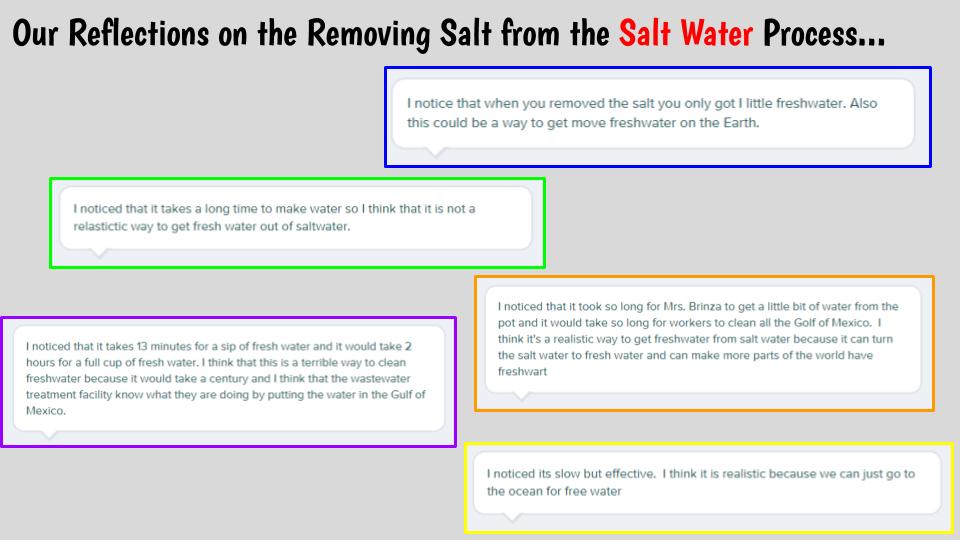
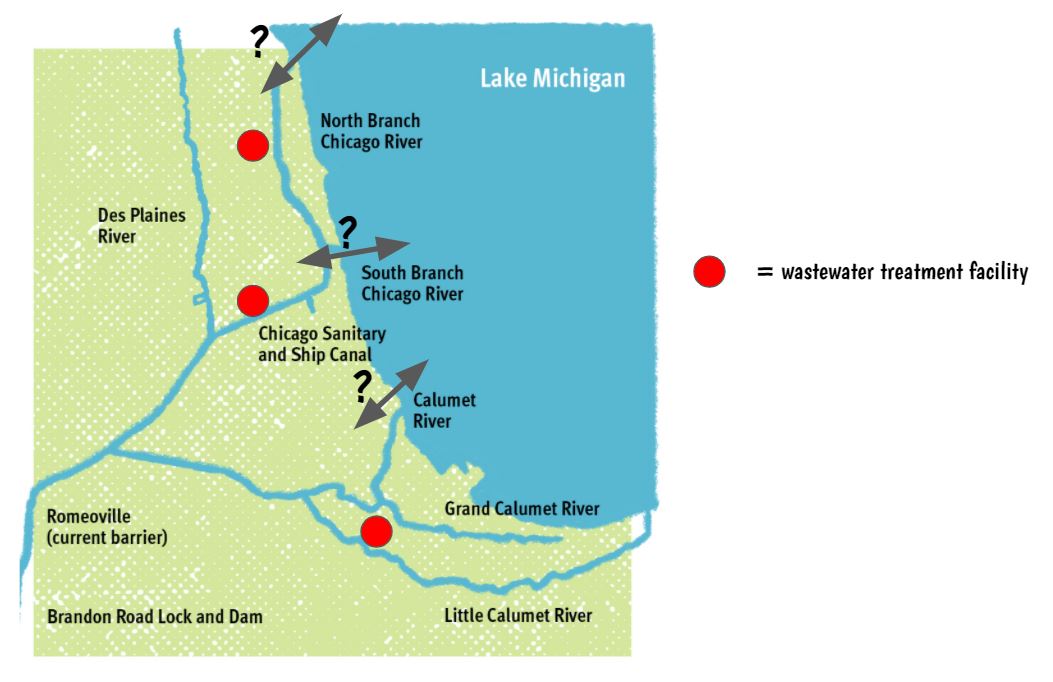
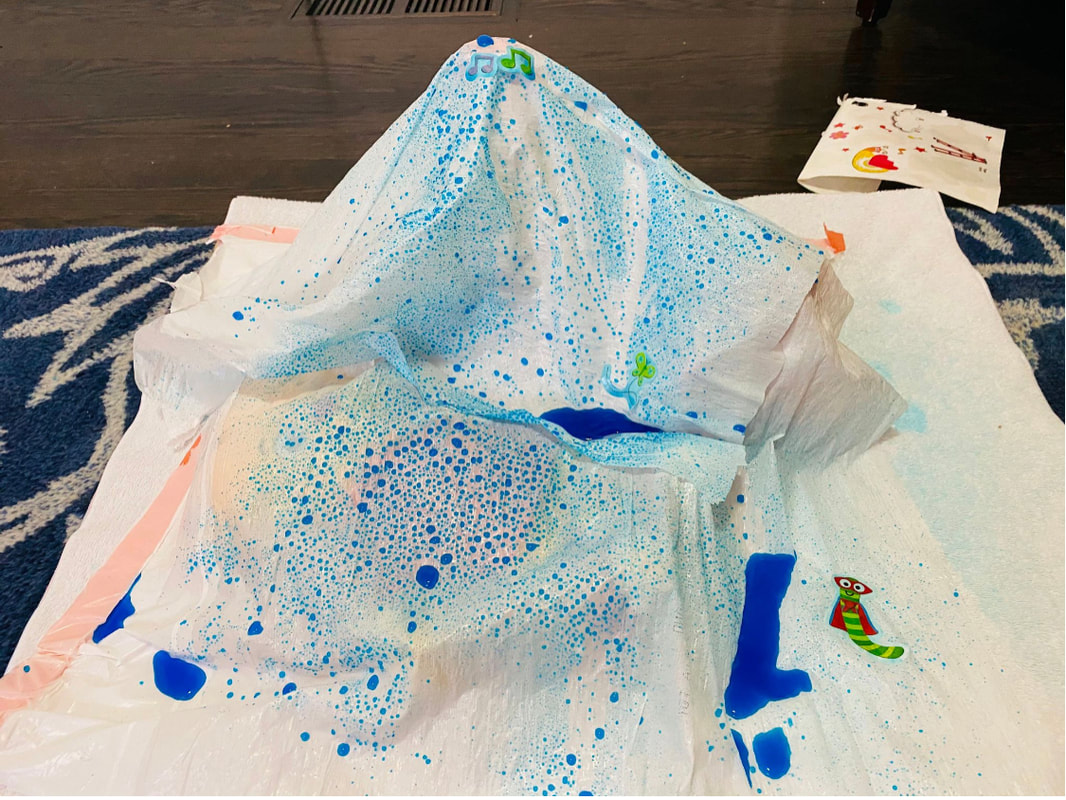
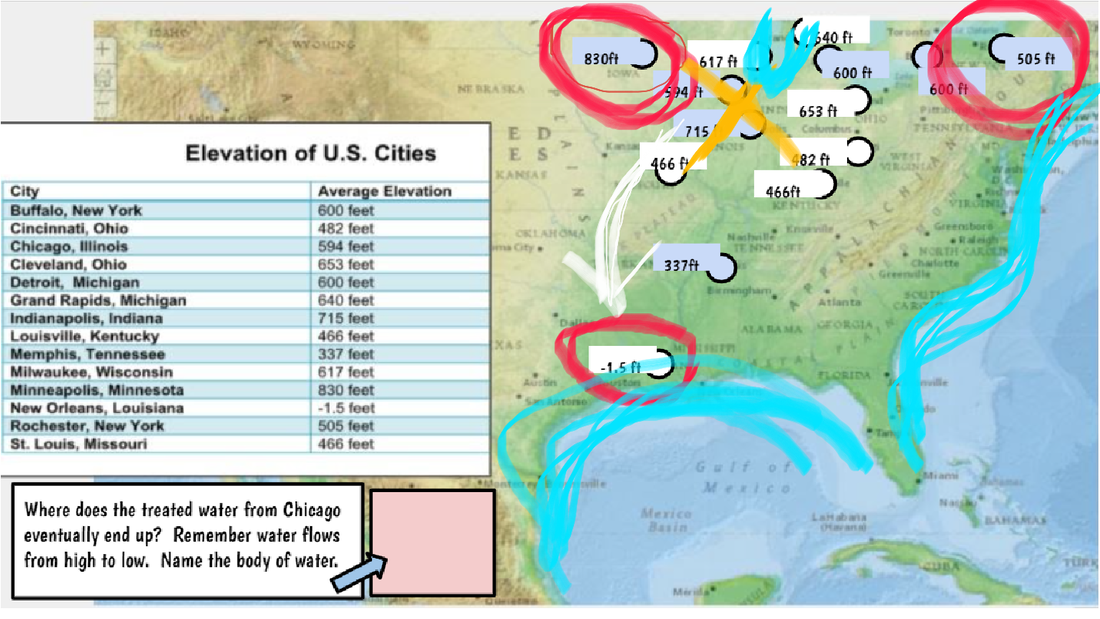
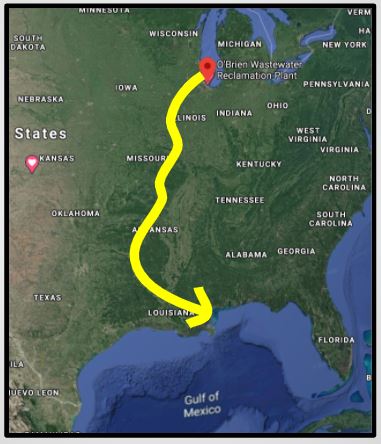
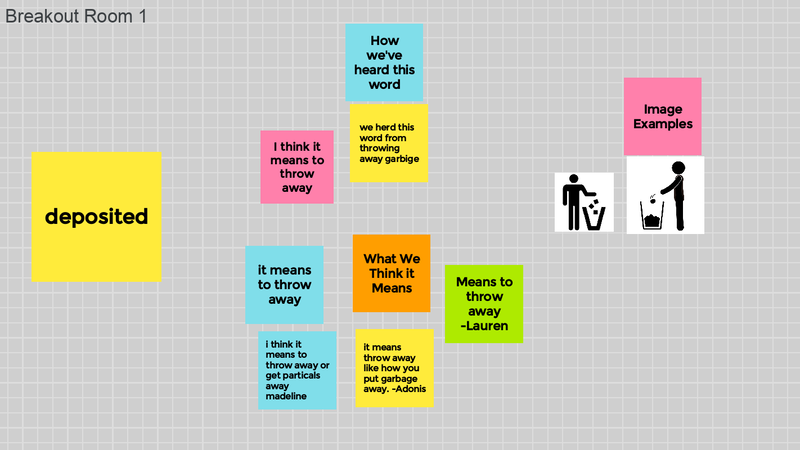
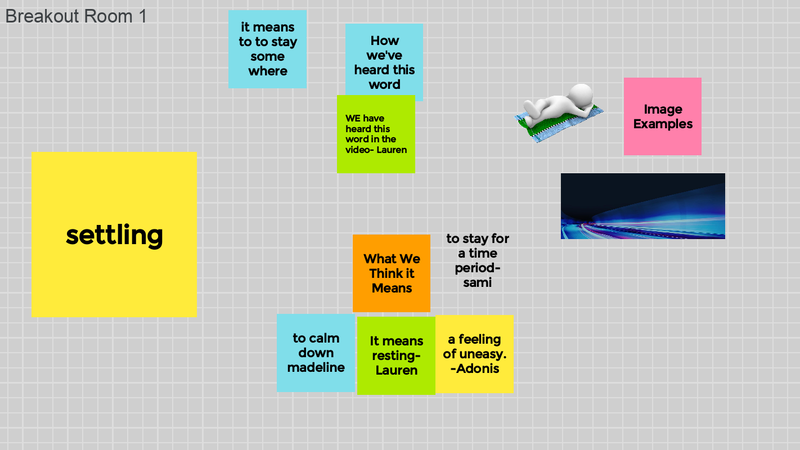
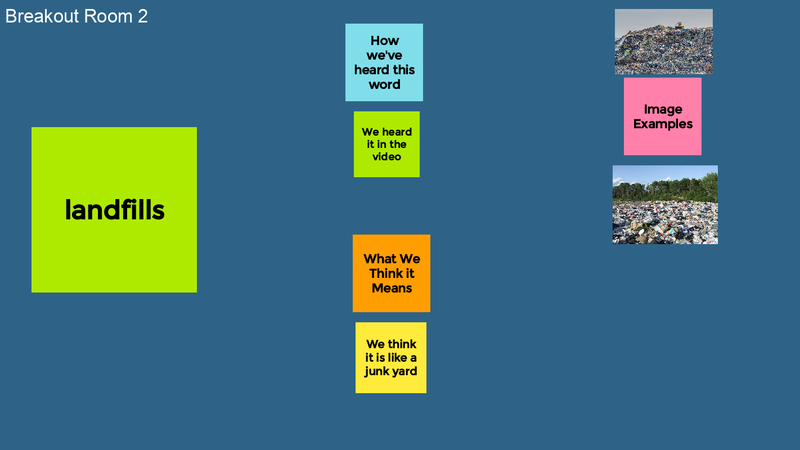
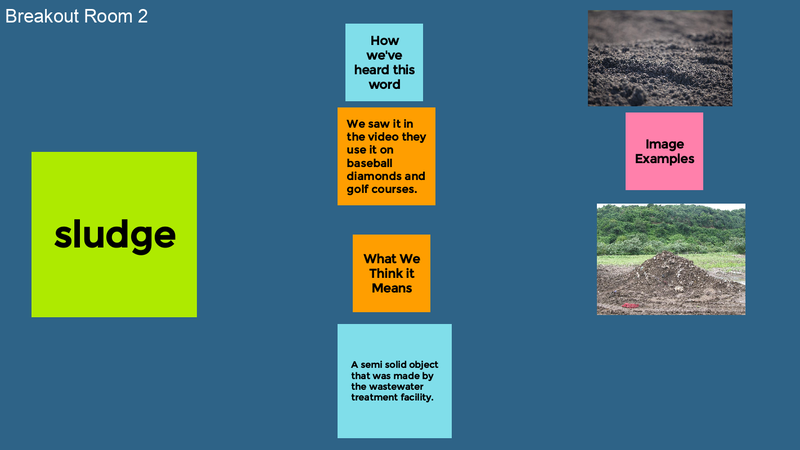
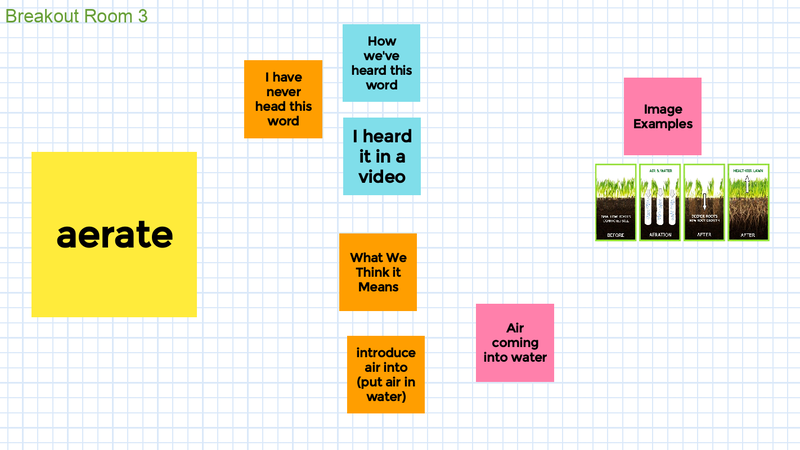
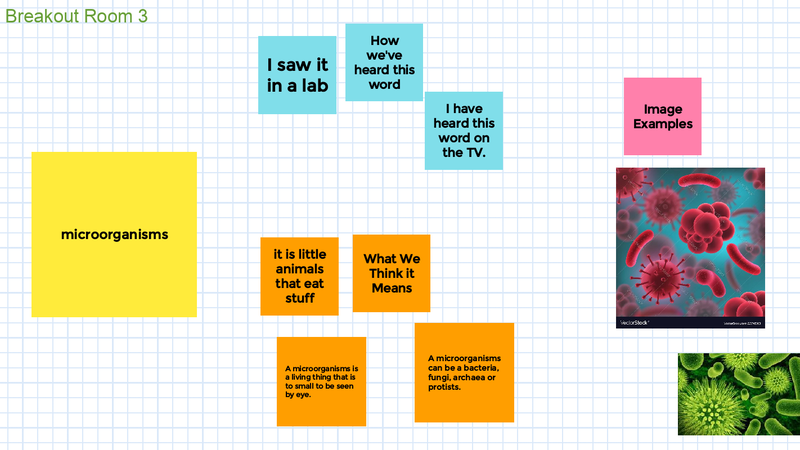
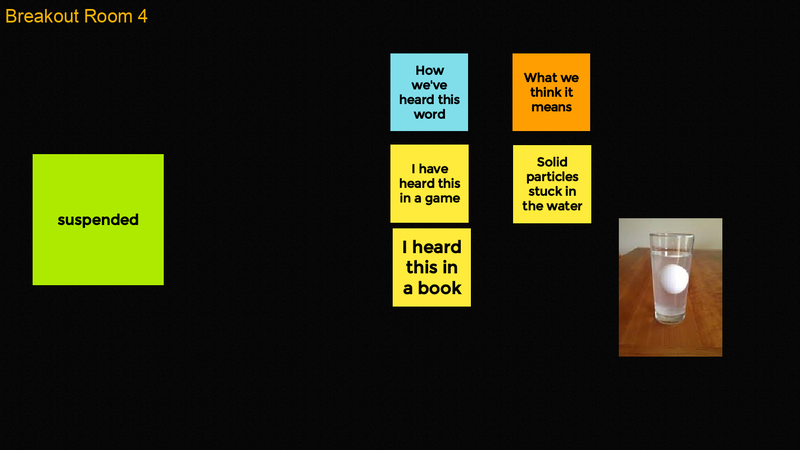
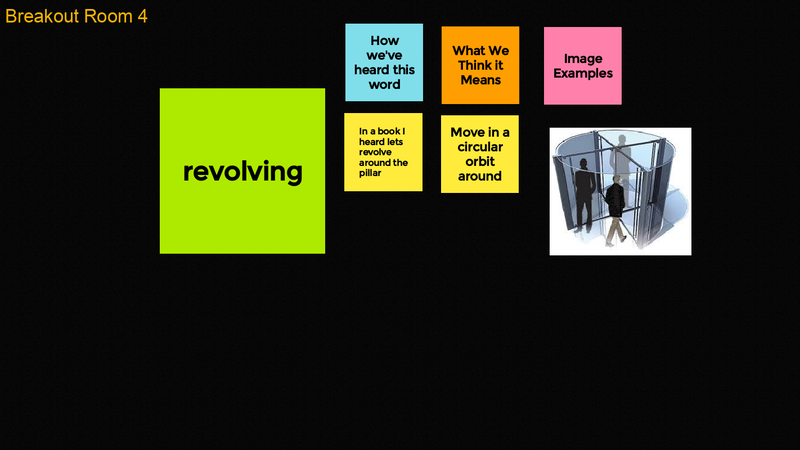
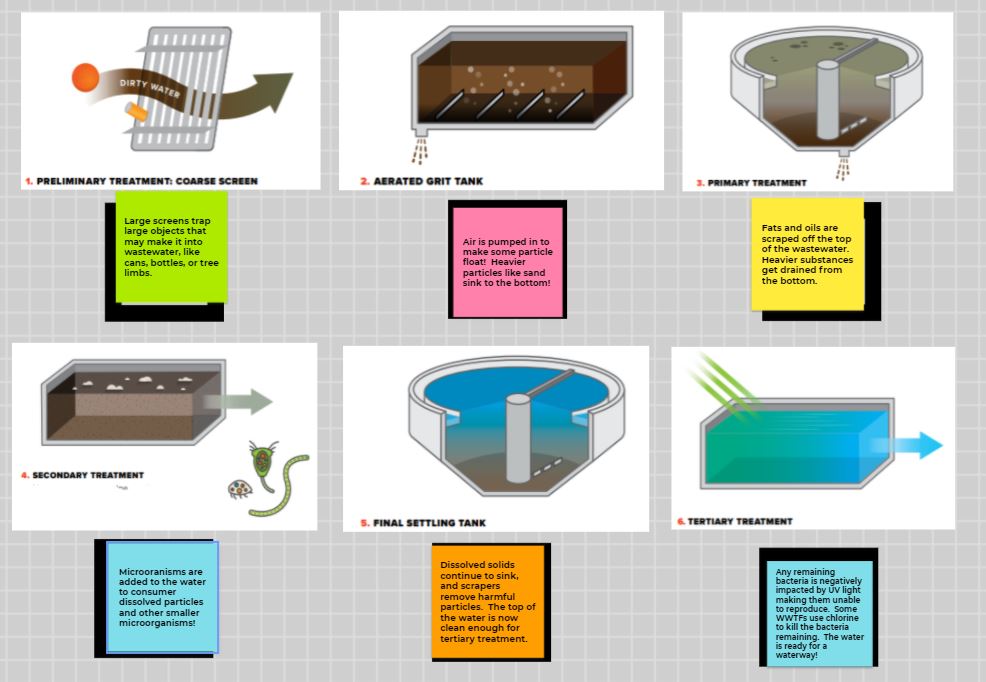
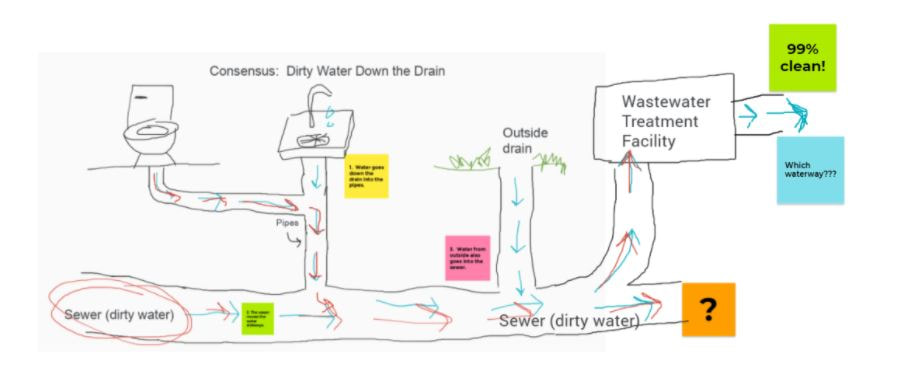
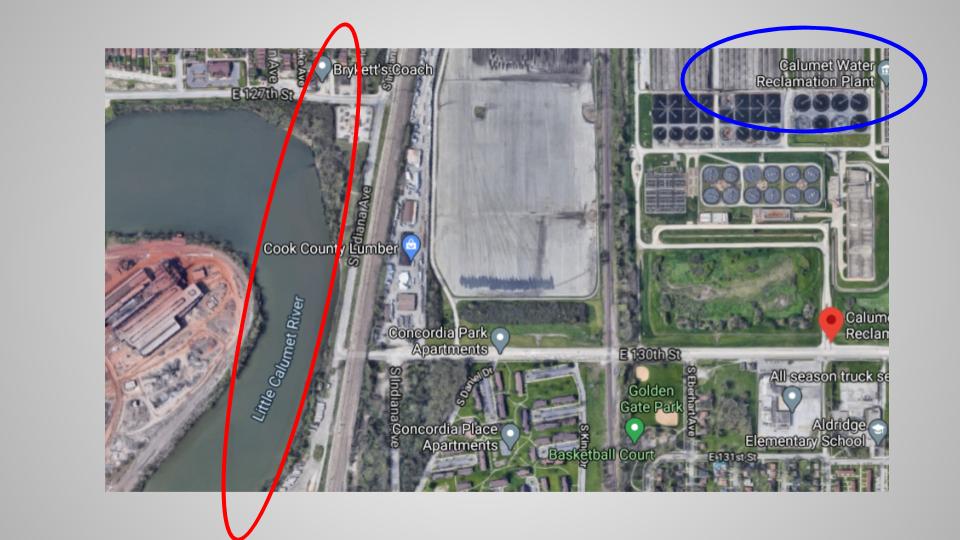
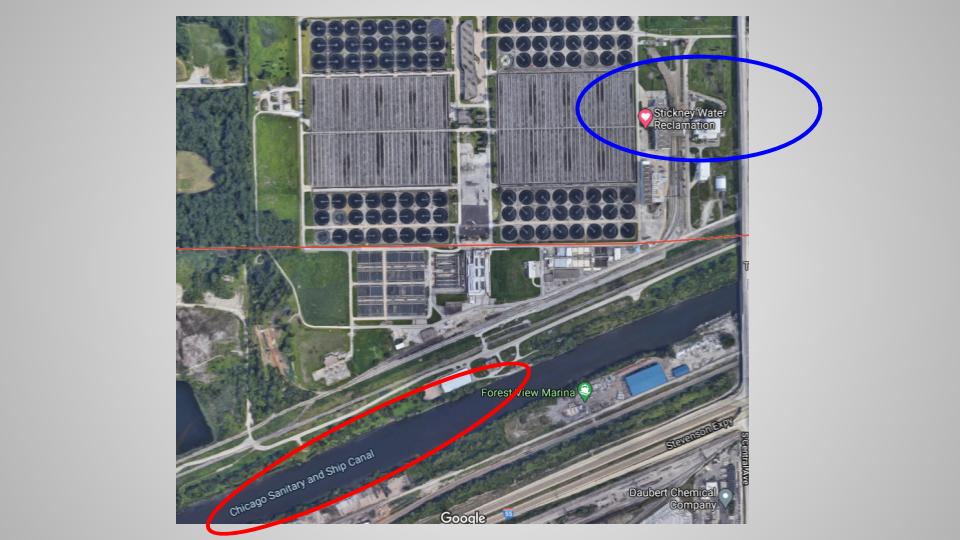
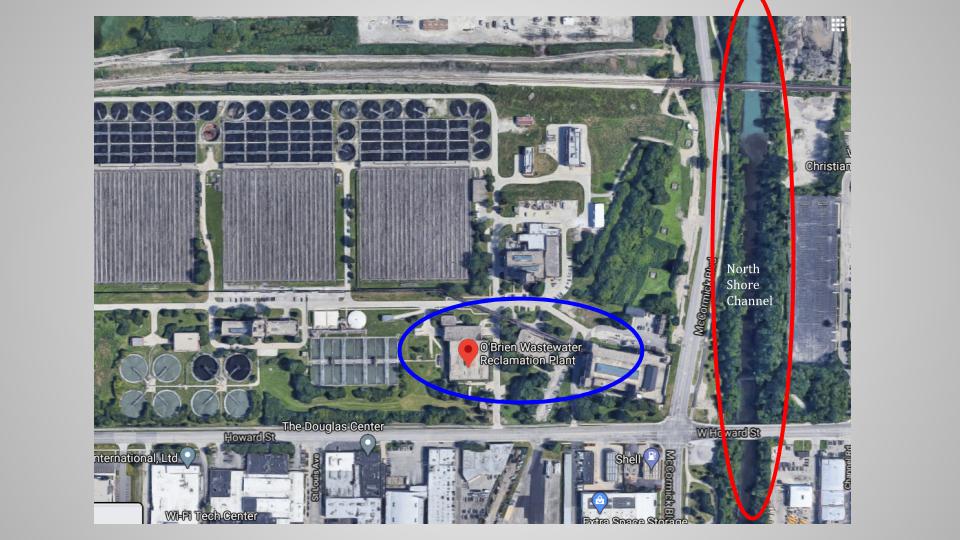
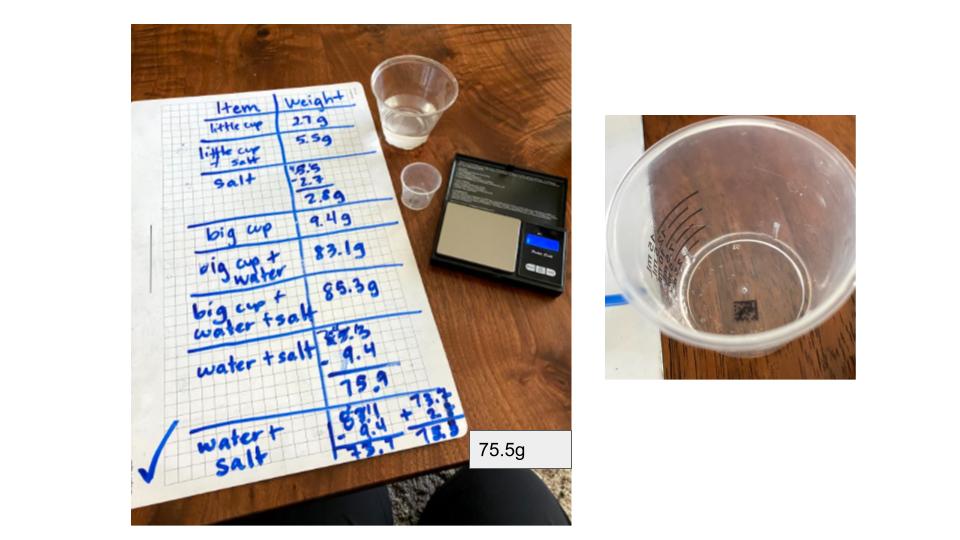
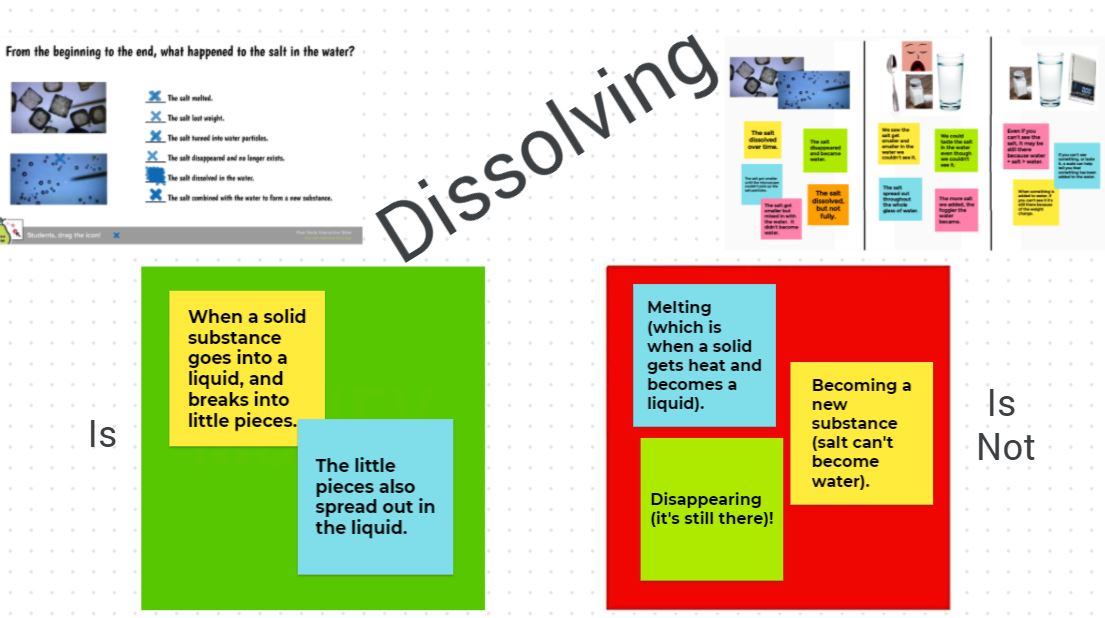
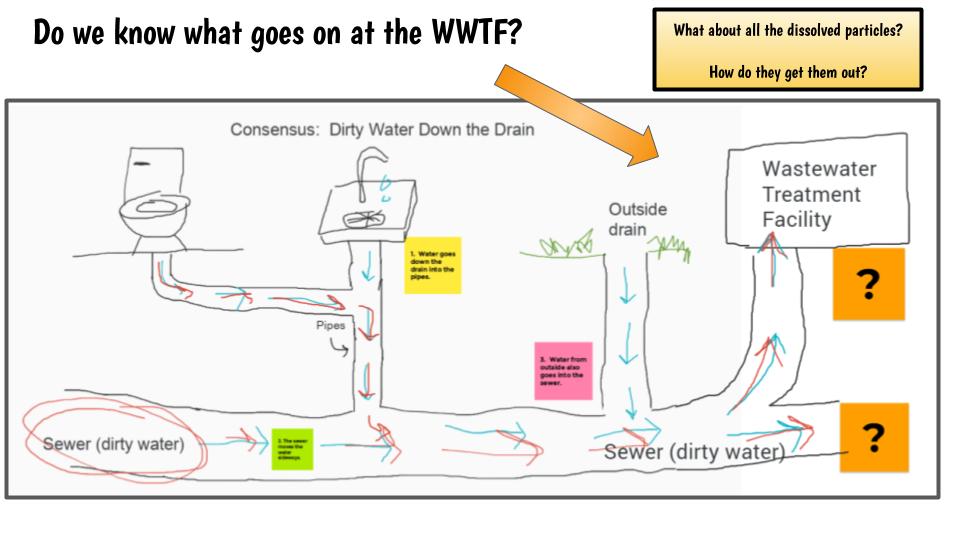
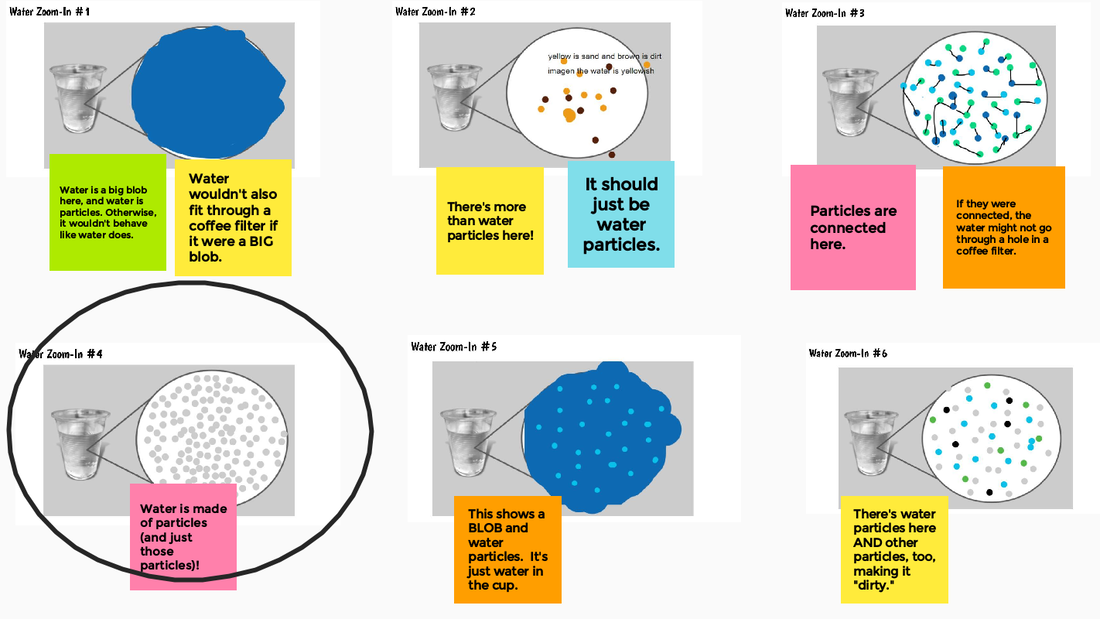
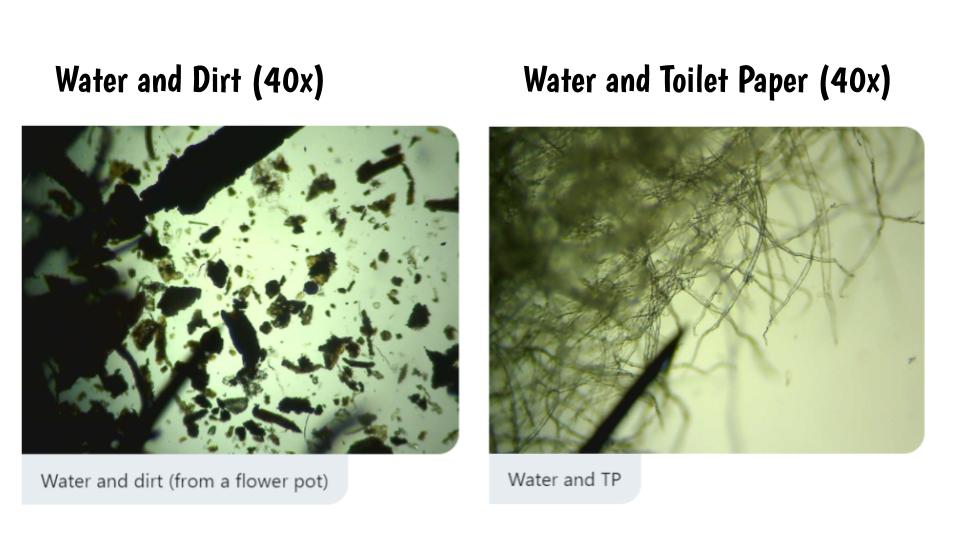
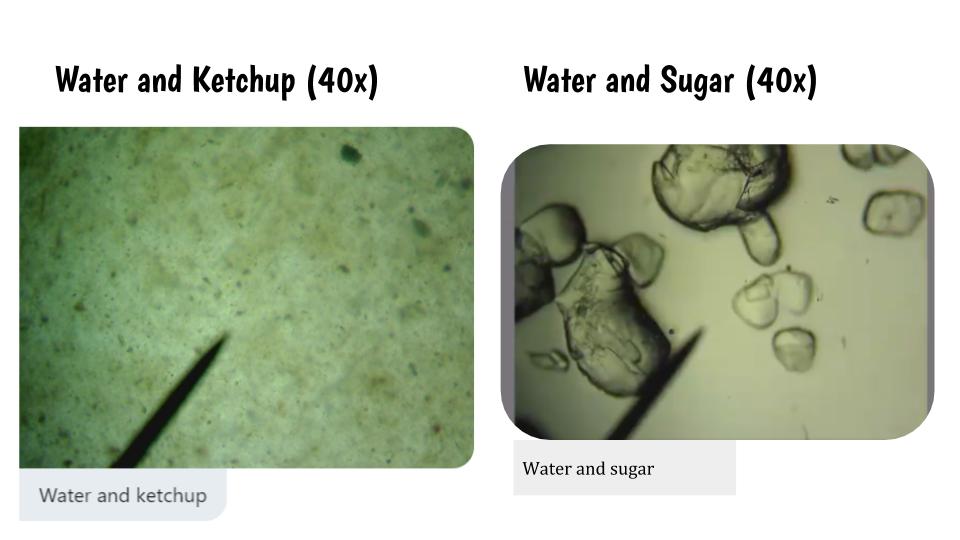
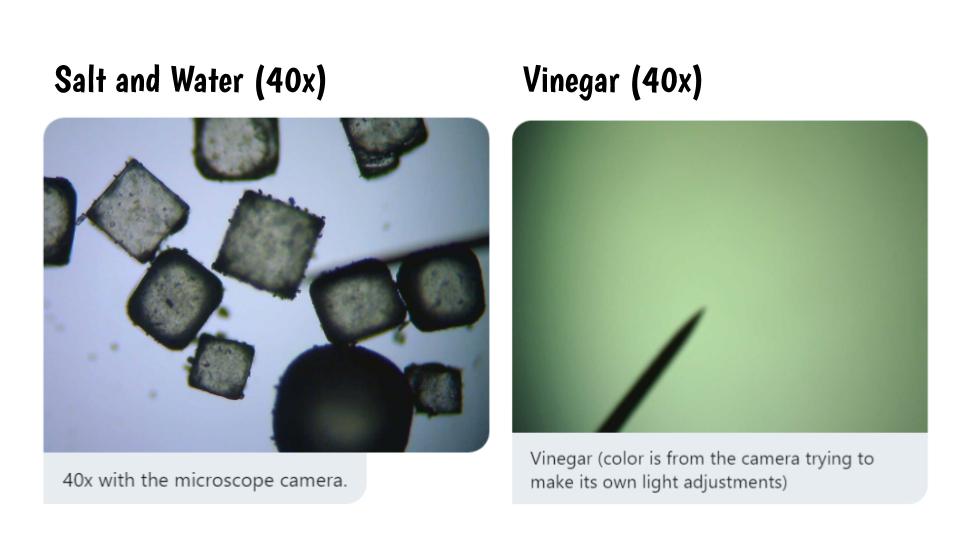
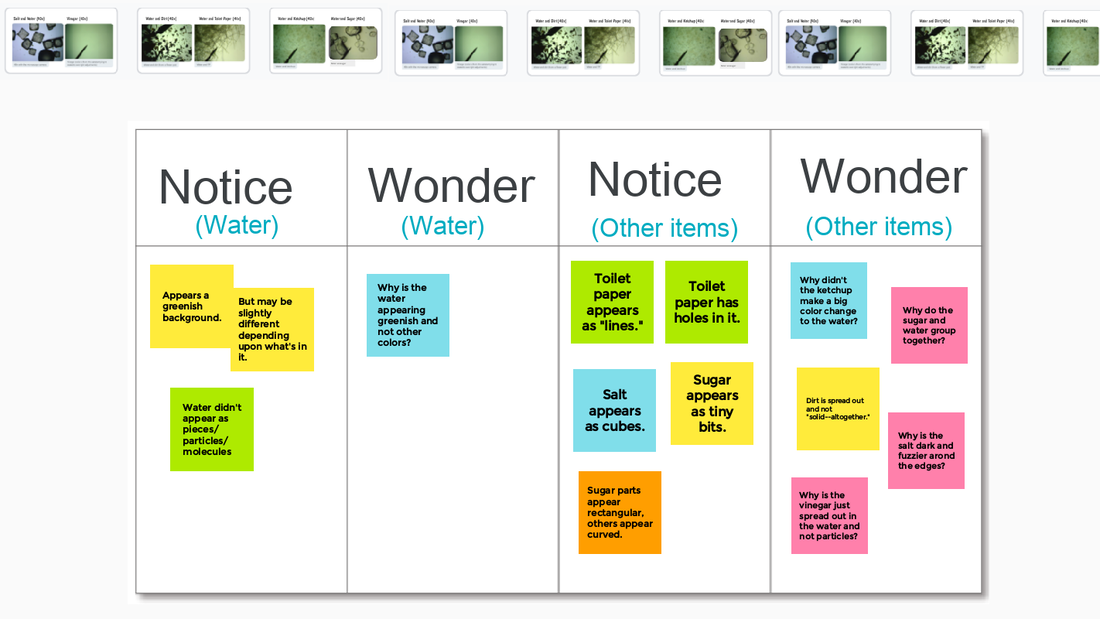
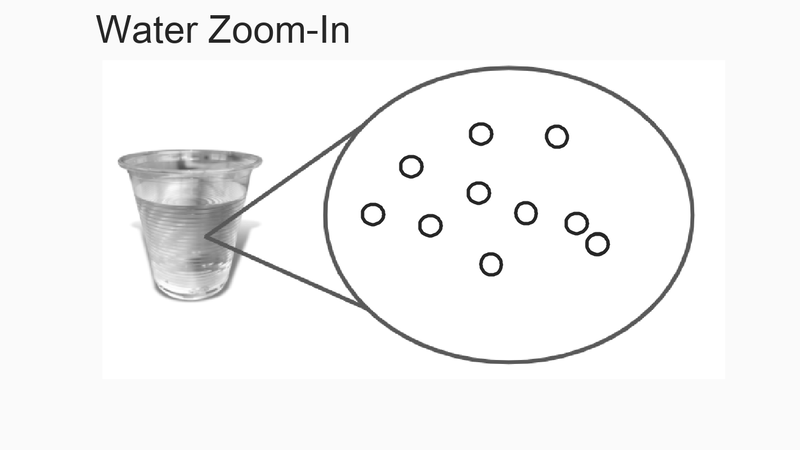
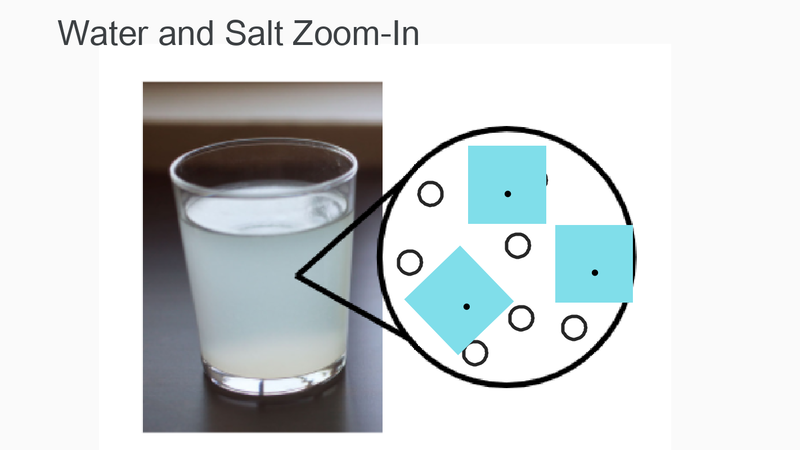
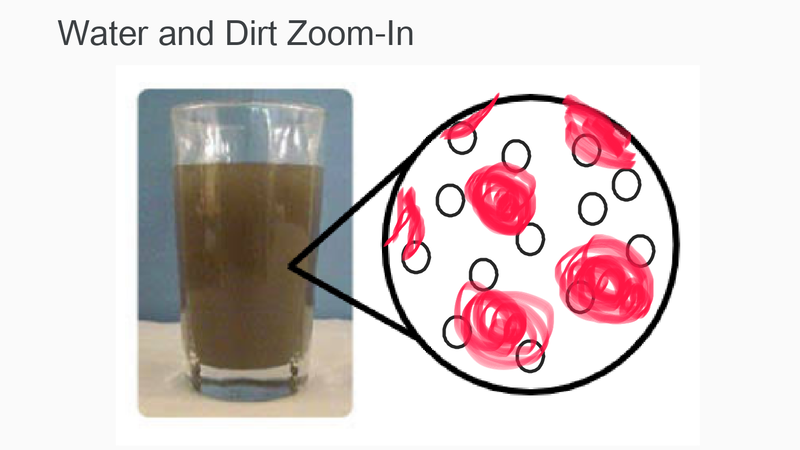
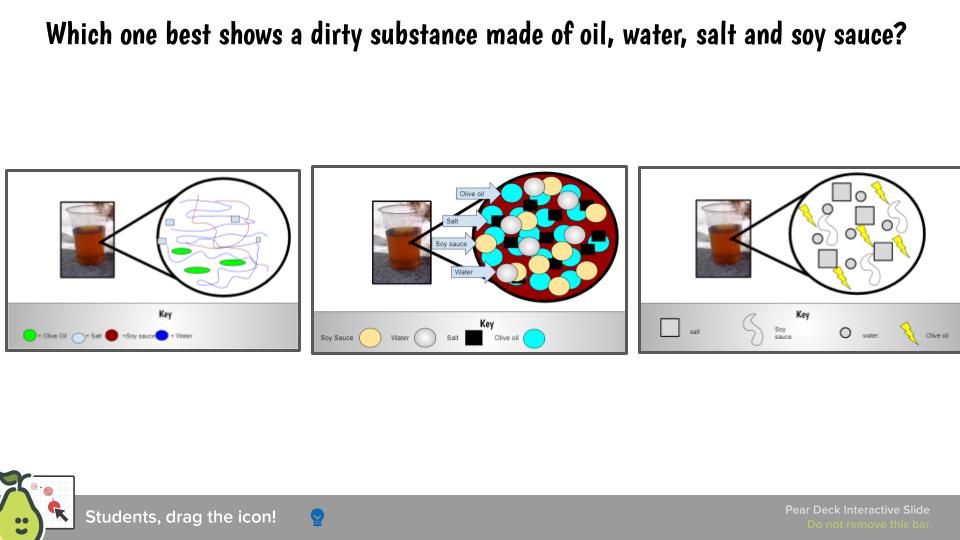
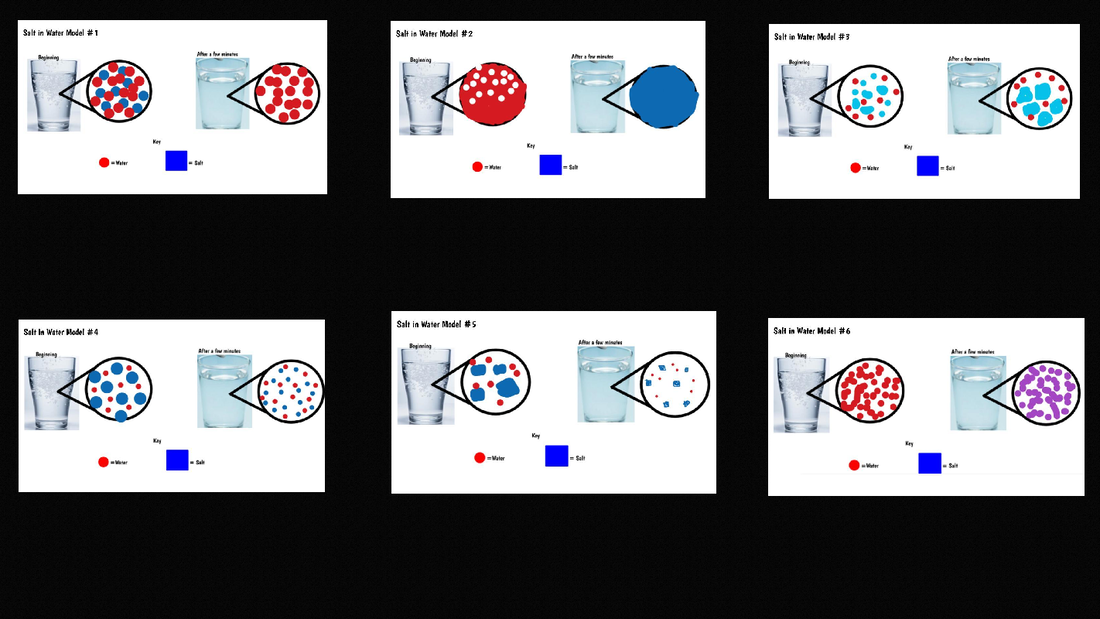
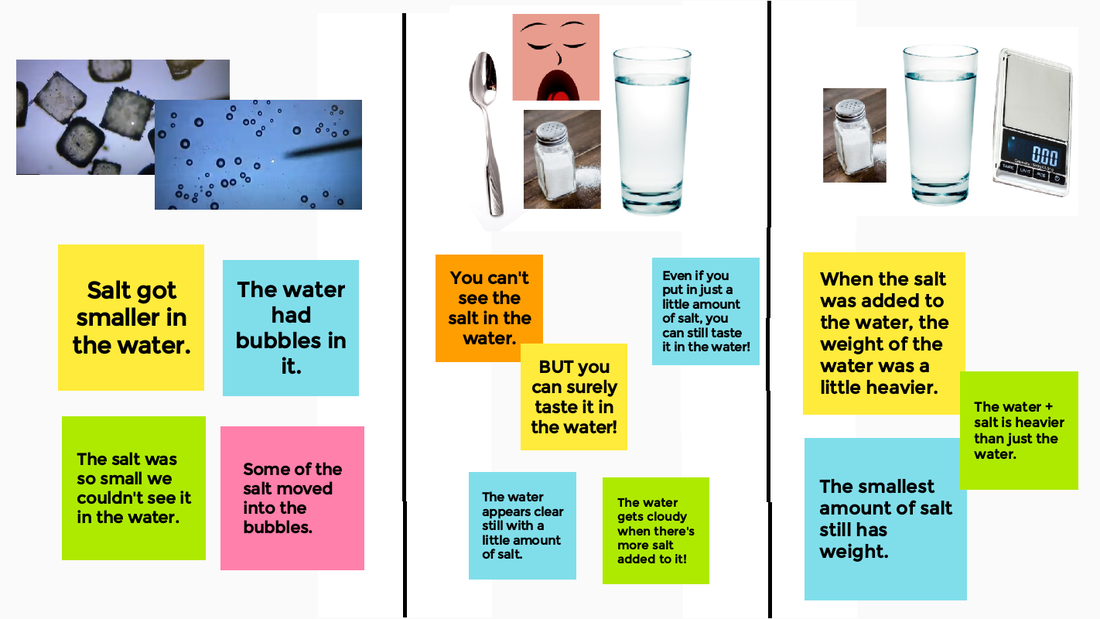
 RSS Feed
RSS Feed